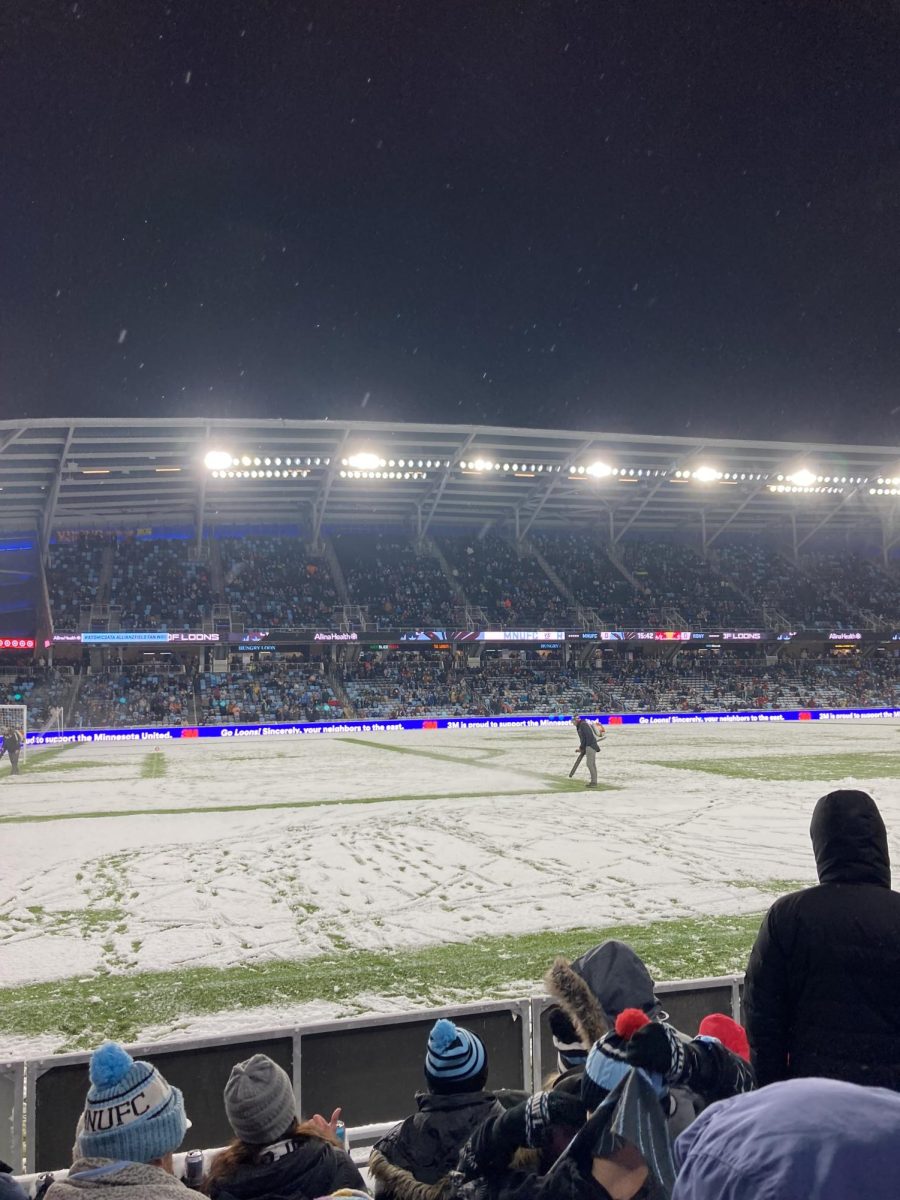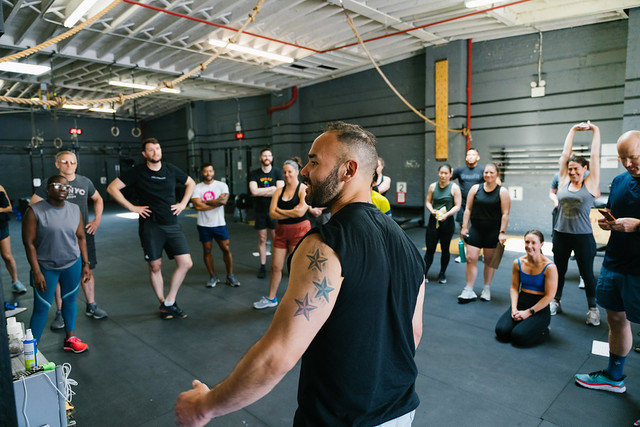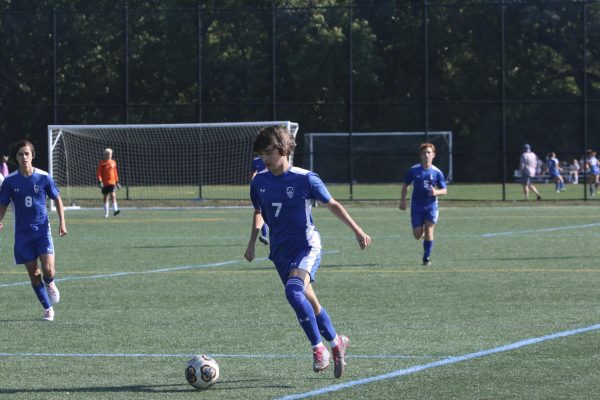A Day in the Life of a D3 College Soccer Coach
The day of Coach Anthony Wood begins in the pre-dawn hours. When he drinks his coffee at 5:45 in the morning he sits in his small office located within the athletic complex of a Division III college. At 6:30 he moves to the training field to arrange cones and goals for the morning workout. He operates without any assistance yet carries both his whistle and his dedication to the game.
The training session commences at 7:00 in the morning. His team members show both fatigue and enthusiasm as they manage their academic responsibilities with their soccer dedication. The Division III athletic system does not grant scholarships to players because these students participate solely for the love of soccer which Coach Wood deeply admires. The coach delivers intense drills yet he maintains positive encouragement because his athletes must transition directly to their classes following practice.
Coach Wood returns to his desk during the middle part of the morning. During the late morning he responds to emails while evaluating academic reports and connecting with students who manage research projects and student teaching along with engineering lab responsibilities. Academic achievements lead the priority list at this institution and he takes pride in building this achievement-driven culture.
He consumes a microwaved lunch before attending an admissions meeting. The process of recruiting at D3 proves to be a continuous challenge. He watches game footage provided by prospective high school athletes to arrange campus visits that promote both the athletic program and complete college experience.
The afternoon brings both weightlifting training and private sessions where he talks to players about their performance targets and individual difficulties. He leads the team through film analysis followed by a tactical discussion before conducting a minimal training session in the evening’s last light.
The end of his day arrives at 8:30 PM as Coach Wood finishes his tasks. The coach returns home exhausted yet content after his workday. The absence of TV deals together with full scholarships and national media attention does not diminish the strong love players have for their sport.
And tomorrow, it all starts again.
Soccer’s Surge in the United States: From Sidelines to Spotlight
During the last several decades, American soccer existed as an outsider while the country focused primarily on football, basketball and baseball. The last few decades brought forth a groundbreaking development. The once limited sport has become a cultural phenomenon because of enthusiastic youth and innovative leadership and worldwide superstars.
It began at the grassroots level. The number of high school soccer players totaled 658,000 boys and girls in the year 2003. The number of participants in 2019 rose to more than 853,000 while demonstrating a 31.95% growth. The growth went beyond statistical increases. The 2022 statistics indicated that half of high school soccer students were female which demonstrates the sport’s widespread appeal between different genders and age groups.
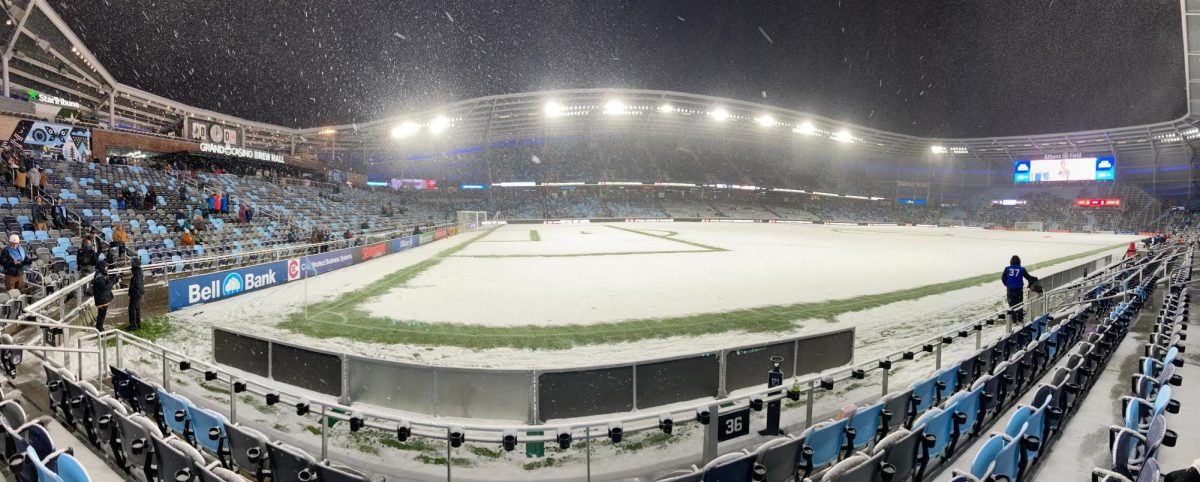
Major League Soccer (MLS) underwent a remarkable transformation since its establishment in 1996 with only 10 teams. The league now operates with 30 teams throughout North America during the year 2025. The league broke attendance records in 2024 because fans attended an average of 23,234 games while reaching 11 million spectators. The attendance has increased so much that stadiums remain packed while fans grow louder in their chants and the excitement becomes impossible to deny.
The surge received its main drive from global superstars including Lionel Messi. When Messi joined Inter Miami it generated both ticket sales and worldwide fascination which produced market overflow and introduced international audiences to American soccer. The Messi effect remains active and continues to create ongoing effects throughout the league.
The women’s soccer division stands as an independent and strong sporting power. The U.S. Women’s National Team has achieved four World Cup titles which enables young girls to find athletic role models who play soccer. The National Women’s Soccer League (NWSL) continues its expansion thanks to new training centers combined with sold-out stadium attendance and investments which the Kansas City Current leads among its teams.
The upward trend in soccer popularity indicates no reduction in speed. The United States starts its preparations to co-host the FIFA World Cup in 2026 which marks the beginning of a new soccer era. The United States is witnessing a transformation because soccer has shifted from being an overseas activity to becoming an integral part of American identity.
From Sidelines to Center Stage: The Rise of Soccer Culture in the United States
Soccer in the United States stayed hidden behind football, basketball, and baseball for many decades. Soccer was known as the secondary sport which children played in oversized shin guards at suburban fields until the traditional American sports varsity teams reached their capacity. Today the situation has changed dramatically. Today soccer in the United States has transitioned into a cultural movement that resounds from community playgrounds to massive stadiums where fans create deafening cheers.
The evolution of youth soccer participation stands as the fundamental driver of this dramatic change. American children and teenagers now spend the entire year actively engaging with soccer as it has transformed from a seasonal sport into a passionate year-round commitment. High school soccer participation numbers increased from 658,000 boys and girls in 2003 to more than 853,000 in 2019. The significant increase shows the growth in numbers but what stands out even more is the diverse nature of this growth. The number of girls participating in high school soccer reached 46.2% in 2022 which demonstrates how the sport now attracts diverse student bodies from all backgrounds to join its ranks.
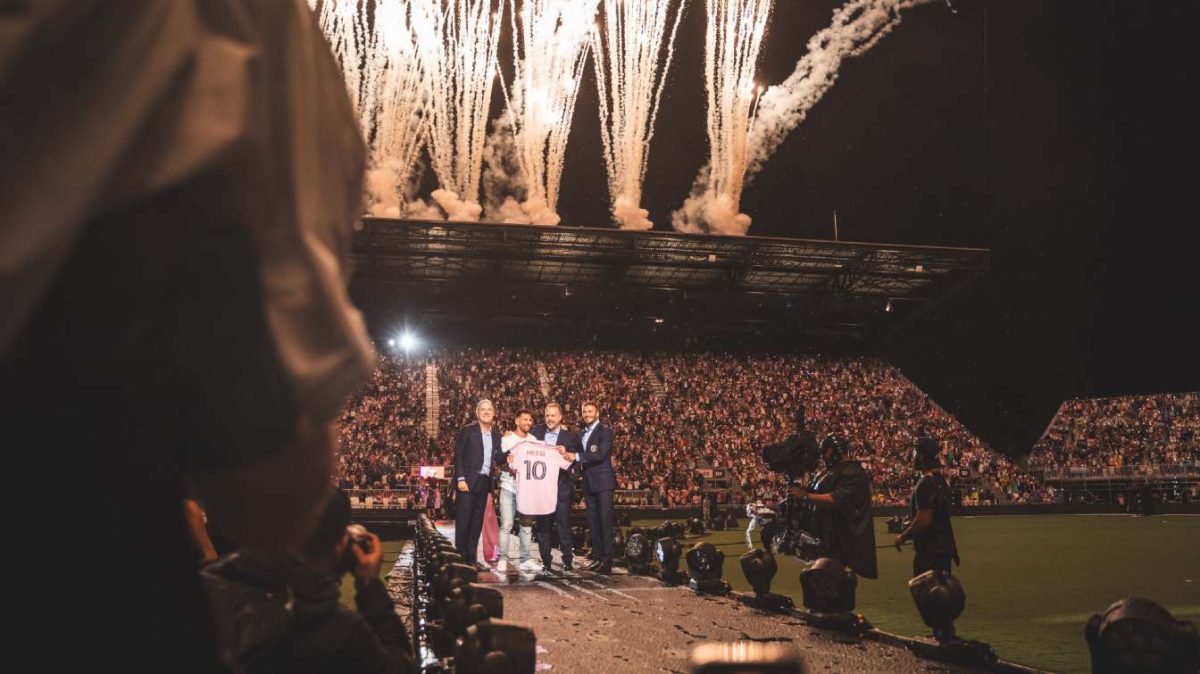
Youth soccer serves as the first spark which leads to the full flame visible in professional soccer league Major League Soccer (MLS). Major League Soccer started in 1996 with only 10 teams but it has evolved into a thriving 30-club league that will operate in 2025. MLS matches currently attract more than 23,000 spectators for each game thus outperforming NBA and NHL game attendance. The supporters of Atlanta United and LAFC have introduced new standards for American soccer fans who exhibit vibrant passion and local dedication.
Stadiums filled with spectators demonstrate the identical atmosphere of European ultras through their drum performances and waving scarves and established chanting traditions. American energy stands on its own foundation without any importation. MLS gained a new wave of fans through the arrival of David Beckham and Lionel Messi because both players attracted international media attention which brought fresh fans to the league. The LA Galaxy signed Beckham in 2007 yet Messi joining Inter Miami in 2023 elevated soccer popularity to its highest point in U.S. history. Sales of match tickets and television audience numbers increased dramatically while Messi jerseys spread throughout schools and sports bars throughout the nation just like LeBron’s jerseys.
The cultural transformation extends beyond top-level influences. The grassroots soccer movement has recently seen a revival at local club levels. The immigrant communities who have always practiced fútbol as part of their daily routine now join American fans who support their USL clubs as they develop soccer’s local presence throughout America. The number of casual soccer games played in urban areas has significantly increased in places like New York, Chicago, Austin and Seattle. Children from today’s generation experience soccer as their principal activity rather than a supplementary one.

